Page last updated on June 14, 2025.
Getting your next prescription filled might be as easy as a walk in the park…literally! That’s because doctors throughout the country are now giving “Park Prescriptions” - that is, instructing their patients to go get their nature fixes- for conditions like high blood pressure, anxiety and stress. [1]
Whether in parks or forests, on mountains or the beach, being out in nature brings big health benefits. [2] People have intuited this for ages, because being out in nature just feels good. For those who need concrete proof, science now validates the ancient wisdom of attuning with nature for better health and wellbeing.
SCIENCE DEMONSTRATES NATURE’S HEALTH BENEFITS






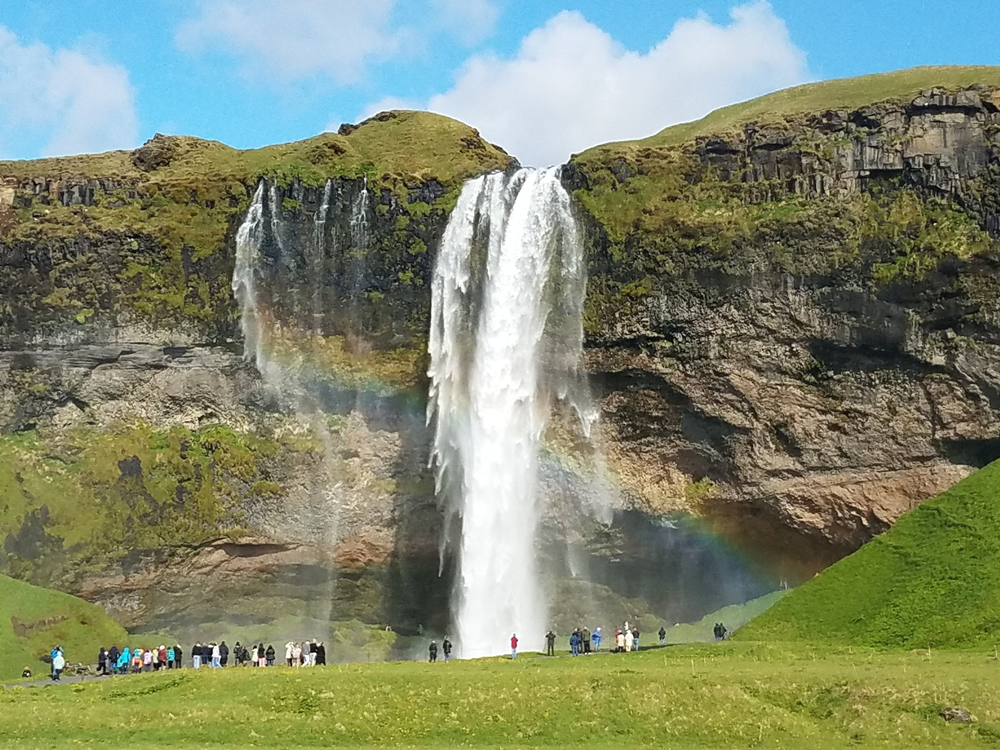
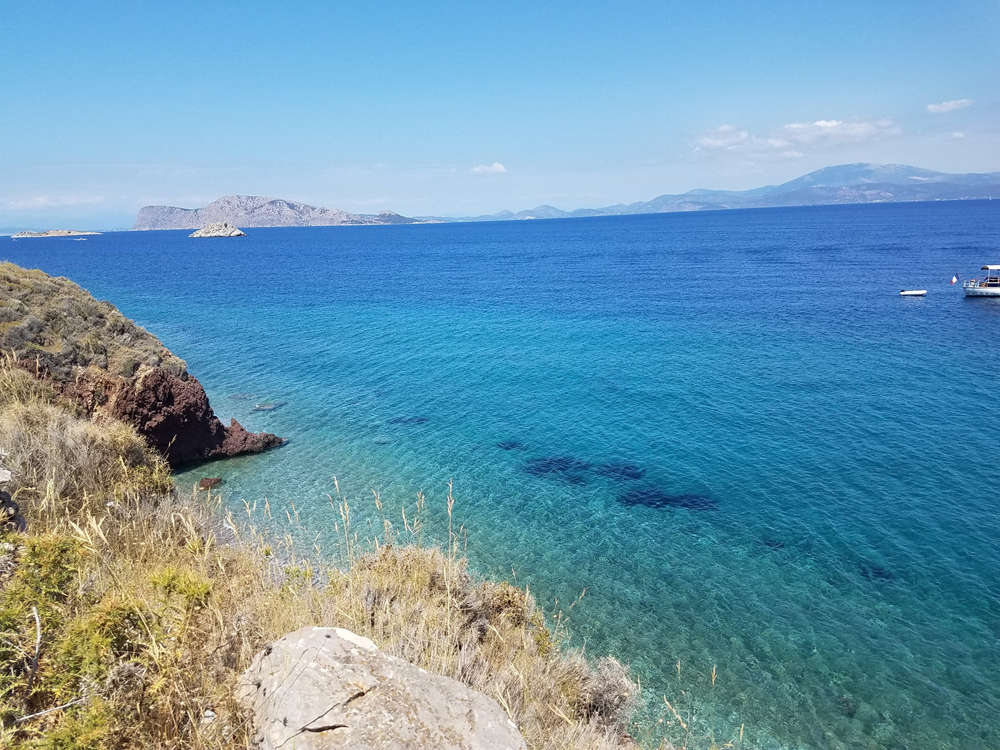



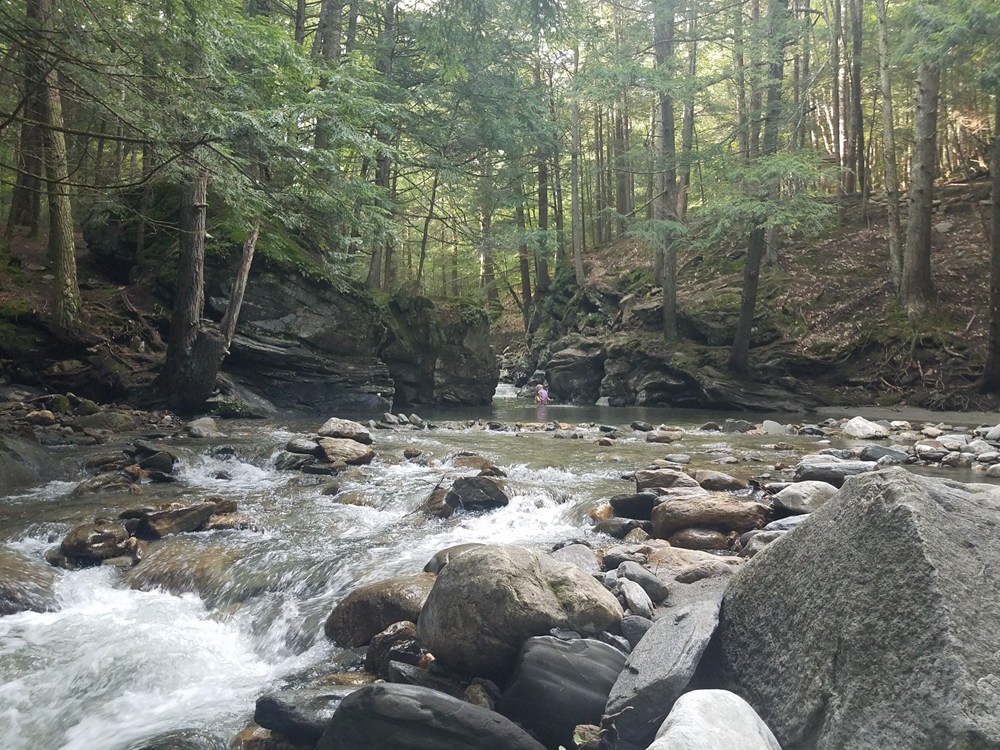



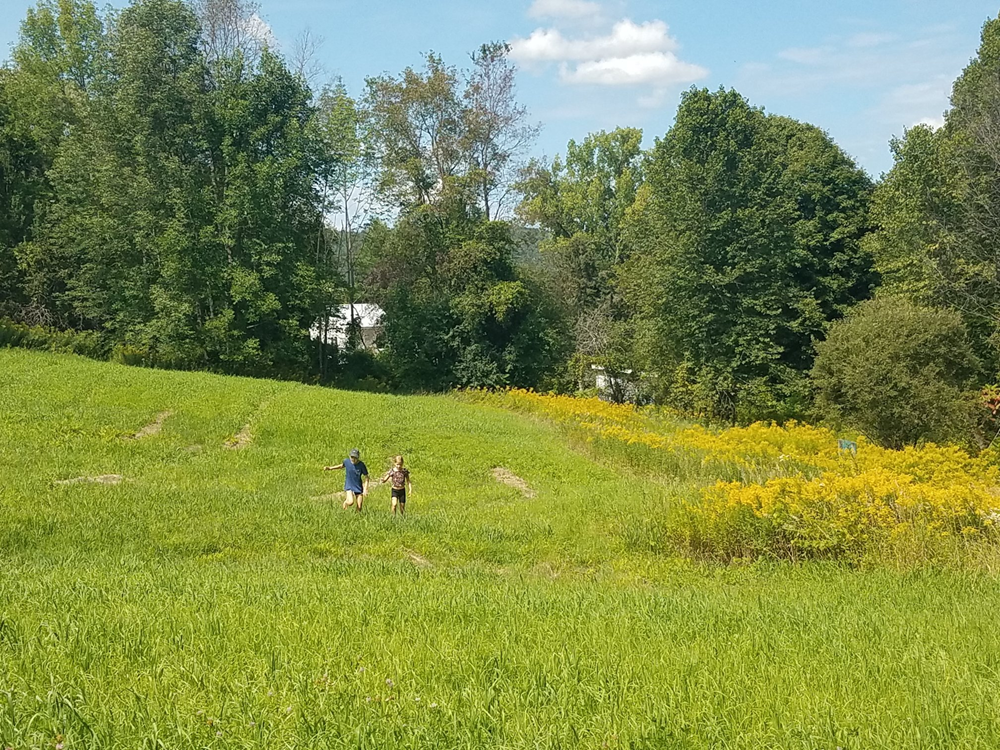

My family and I are grateful to have taken all the pictures above - we hope you enjoy them!
How does nature heal? Research shows that spending time in “greenspaces” -undeveloped, open lands or parks with trees, grasses and other natural vegetation- is associated with:
Reductions of diastolic blood pressure and heart rate;
Less cortisol release and incidence of type II diabetes;
Better heart rate variability; and
Self reported better overall health. [3,4]
Not to mention, activities you can do in greenspaces, like walking, biking, swimming, running, hiking, rollerblading, etc. are also widely recommended for weight loss or maintenance, cardiovascular benefits and bone strengthening. [5]
Plus, numerous studies also link being out in nature to better mental health – less depression, anxiety and stress, improved concentration, and even better management of ADHD symptoms in children [6,7,8,9]… All the more reason to get your kids (and yourself) off those attention-stealing devices and turned on to the great outdoors!
One of our favorite places to soak in nature vibes is the forest…
WHAT IS FOREST BATHING?
While all these benefits of being out in nature may sound revolutionary, the Japanese have practiced Shinrin Yoku -which translates to “taking in the forest atmosphere through all of our senses,” and is better known as Forest Bathing- since the 1980s. [10] Forest bathing is basically standing, sitting in, walking or running through the woods to promote physical and mental health. For you, it might be fishing, camping, picnicking or even skiing. In most cases, it’s free and requires simply carving out the time to disconnect from our modern “conveniences” to breathe and unwind in nature.
In the video above, lifehacker writer Nick Douglas travels to the Okutama Forest in Japan to explore and explain the art of forest bathing.
For a simulated forest bathing experience of sorts, check out this award-winning 6-minute simulation video - it provides natural forest sounds alongside calming background music and effects.
WHY DOES BEING IN NATURE MAKE US HEALTHIER?
Researchers say it boils down to reducing stress and balancing nervous system activity.
When we are stressed, our bodies release “fight or flight” stress hormones that instruct our physiology to react in ways that facilitate escape or battle; the sympathetic (SNS) branch of our autonomic nervous system (ANS) is activated. In emergency situations, such SNS activity can be lifesaving. However, when stress is chronic -that is, we are constantly in an SNS state of “fight or flight,” our health suffers.
Conversely, relaxation helps us restore ANS balance and impacts our central nervous, endocrine, immune and cardiovascular systems in ways that promote good health. For example, when our bodies experience a “relaxation response,” our blood pressure and heart rate decrease, our blood circulation improves, stress hormone release lessens and we feel a general sense of wellbeing. [11]
Basically, we physiologically NEED to relax as a means of managing stress and the effects of stress on our bodies!
Now when we relax in nature, we not only receive benefits due to relaxation, we also attune our bodies’ natural rhythms to nature’s vibrations or frequencies. Through grounding, for example, we absorb the earth’s fundamental frequency (7.83 Hz) known as “the Schumann resonance” or “earth’s heartbeat.” But the benefits of forest bathing and other forms of Nature Therapy involve more than grounding (which logic tells us utilizes only our sense of touch). Researchers state that “taking in the forest atmosphere through all of our senses” can help restore our natural state of health. [10]
Think about all the sounds you hear when in the forest…birds singing, insects buzzing, wind in the trees, peeping frogs, crickets chirping, and –if you’re near a river or waterfall- trickling or gushing water.
Each of these sounds has a particular vibration that aligns our being with nature and keeps us connected to Mother Earth. So do the natural colors and shapes in the forest – found in tree leaves, grass, the earth, flowers, mushrooms, rocks, lichen, wildlife, etc.
Now think about about the scents of pine, skunk cabbage, wildflowers and damp earth… and the feeling of tree bark, gnarley roots, smooth rocks, a dusty path, mud or river water in our hands or under our feet. All of these things impact us vibrationally. In a sense, nature is one big “electroceutical” - a source of natural electromagnetic energy that can help normalize physiological functioning and the body’s ability to heal. It does so in ways we often can’t explain, but we can feel!
Related reading: Do You Suffer from Nature Deficiency?
GET GROUNDED IN NATURE FOR EVEN MORE HEALTH BENEFITS
When we’re in the woods, at the beach or at a park, and we kick off our shoes and connect our bare feet with Earth’s natural surface (and thus ground), we amplify nature’s restorative effects.
How do we know this? Besides our personal experience of feeling better grounded in nature (which could be argued is a placebo effect), several studies show that grounding indoors via a grounding device facilitates similar, even additional, benefits as immersion in the great outdoors. In other words, grounding isolated from nature also benefits our health.
Researchers have concluded that grounding indoors can improve heart rate variability and reduce blood viscosity (so blood is less thick and prone to clotting), as well as decrease fasting glucose, all of which promote cardiovascular health and reduce diabetes risks. Other findings include lower cortisol levels, better sleep and less pain and stress, as well as improved immune response. [12.13.14.15.16.17]
For those of you who want more info on these studies, click here or scroll to the bottom of this article.
Since grounding has its health benefits, as does simply being out in nature, we believe that combining them will have greater, if not synergistic benefits. Such is why Step walks barefoot in the forest (with ankle weights), and why I (as the whimpier of us) trek the forest in grounding shoes.
GETTING GROUNDED IN THE GREAT OUTDOORS
Lying down on the ground with your bare feet making direct contact with the earth is an easy and enjoyable way to ground in nature. What better excuse do you need to doze or read at the beach or park or in your yard? Walking or running barefoot along the beach, in the woods or through a field is another more active way, as is barefoot yoga or Tai Chi.
That said, two of the biggest obstacles we "groundees" face are not being able to go barefoot and finding the right shoes. While bare feet will always be our preference, there are some circumstances when going barefoot isn't possible or even hazardous (in areas with broken glass or where people don't clean up after their dogs, for example). As for footwear, about 98% of shoes are made with non-conductive (usually rubber or plastic) materials and, as a result, block your body's ability to get grounded.
This is why grounded shoes bring so much value to the Earthing space. Combining practicality, style and conductivity, grounding shoes are specifically designed to keep your feet protected while still allowing the Earth's vital energies to flow. Some are barefoot design, while others offer more arch support. Check out our Ultimate Guide to Grounding Shoes to learn more about what grounding shoes have to offer!

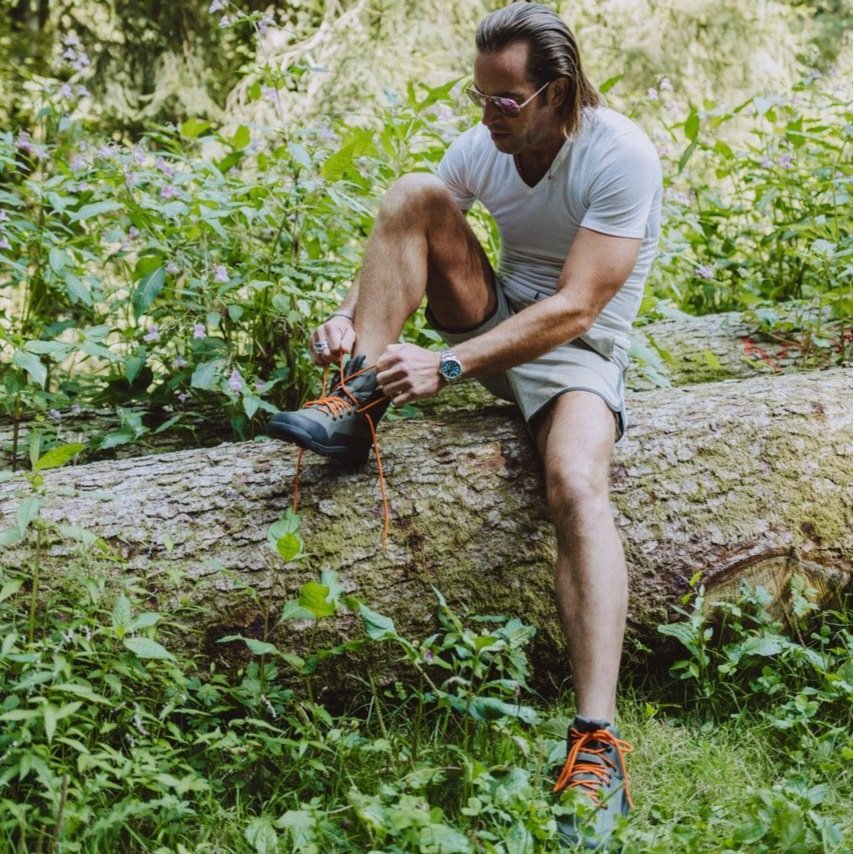



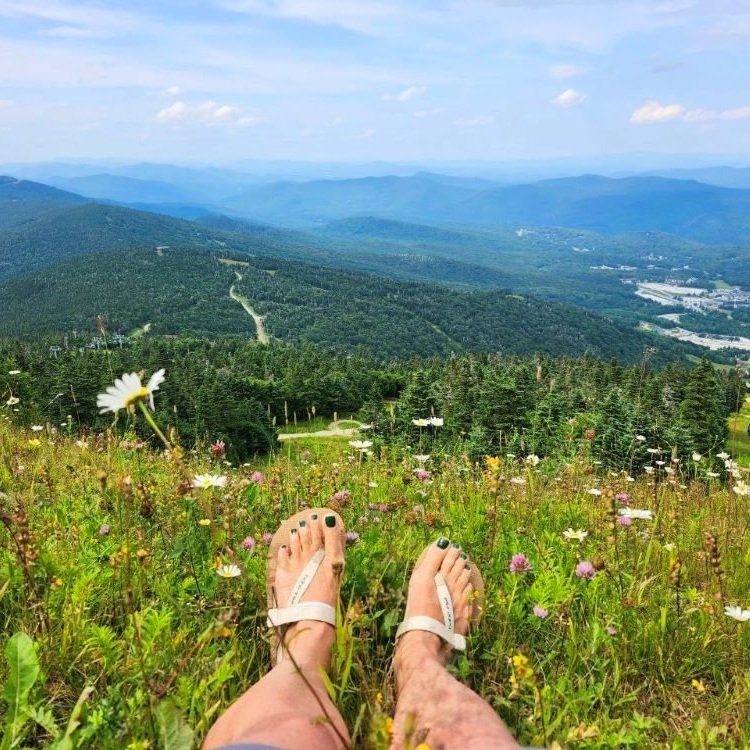


As for sleeping grounded, you can learn more about it here.
Lastly, if you're interested in learning more and finding a Park Prescription Program near you, check out Park Rx's National Program Directory here.
If you’re lucky enough to live near a park, beach, grassy plain or mountain or forest trail, why not get out and absorb those nature vibes as often as you can? You’ll likely be glad you did!
ADDENDUM: more details on the grounding science
Although this “why” section is perhaps the most important to include in this article, we recognized that it may cause some people to “check out.” So we saved the best for last, and have included details to help satisfy inquiring minds about the health benefits of grounding (I know I would want to know this stuff!).
So without further ado, here’s what research says about grounding indoors to improve cardiovascular, immune and overall health…
In 2011, researchers conducted a double-blind study through which they tested heart rate variability (HRV) in 27 subjects when both ungrounded and grounded for two hours using a grounding device; a sham grounding device was used as the control. (Heart rate variability is a measurement of the variation of time in between heart beats and an important indicator of overall cardiovascular health.) The researchers found:
“During the grounded sessions, participants had statistically significant improvements in HRV that went way beyond basic relaxation results (which were shown by the nongrounded sessions). Since improved HRV is a significant positive indicator on cardiovascular status, it is suggested that simple grounding techniques be utilized as a basic integrative strategy in supporting the cardiovascular system, especially under situations of [stress].” [12]
Grounding also shows promise against type II diabetes and ultimately cardiovascular disease. [13] Through a 2012 review of grounding studies, researchers noted that, “Earthing continually during rest and physical activity over a 72-hour period decreased fasting glucose among patients with [type II] diabetes.”[14] They also explained that two hours of “Earthing significantly reduces blood viscosity, an important but neglected parameter in cardiovascular diseases and diabetes, and circulation in general.”
In 2004, other researchers measured cortisol levels before and after sleeping grounded (using a conductive grounding pad) and concluded that:
“Grounding the human body to earth ("earthing") during sleep reduces night-time levels of cortisol and resynchronizes cortisol hormone secretion more in alignment with the natural 24-hour circadian rhythm profile… Furthermore, subjective reporting indicates that grounding the human body to earth during sleep improves sleep and reduces pain and stress.” [15]
Grounding is also associated with improved immunity. A 2023 study demonstrated Earthing’s preventative and restorative effects against certain viral respiratory illness, as well as shorter illness duration. [16] Through a 2015 study, Earthing was said to better immune response by “significantly alter[ing] the inflammatory response to injury.” [17]
Thanks for reading - we love sharing our passion for grounding as well as the grounding science with you!
References and Resources:
ParkRx.org - home for the National ParkRx Initiative and a leading information hub for Park Prescriptions
ParkRx.org. Human Benefits of Nature – Physical Health and Mental Health. Parkrxamerica.org, last accessed Aug. 24, 2023 at https://parkrxamerica.org/patients/human-benefits-of-nature.php
Twohig-Bennett C, Jones A. The health benefits of the great outdoors: A systematic review and meta-analysis of greenspace exposure and health outcomes. Environmental Research, Vol. 166, 2018, pp 628-637, ISSN 0013-9351, https://doi.org/10.1016/j.envres.2018.06.030.
Ideno Y, Hayashi K, Abe Y, Ueda K, Iso H, Noda M, Lee JS, Suzuki S. Blood pressure-lowering effect of Shinrin-yoku (Forest bathing): a systematic review and meta-analysis. BMC Complement Altern Med. 2017 Aug 16;17(1):409. doi: 10.1186/s12906-017-1912-z.
Wang X, Zhou Q, Zhang M, Zhang Q. Exercise in the Park or Gym? The Physiological and Mental Responses of Obese People Walking in Different Settings at Different Speeds: A Parallel Group Randomized Trial. Front Psychol. 2021 Oct 22;12:728826. doi: 10.3389/fpsyg.2021.728826.
Beyer KM, Kaltenbach A, Szabo A, Bogar S, Nieto FJ, Malecki KM. Exposure to neighborhood green space and mental health: evidence from the survey of the health of Wisconsin. Int J Environ Res Public Health. 2014 Mar 21;11(3):3453-72. doi: 10.3390/ijerph110303453.
Berman MG, Kross E, Krpan KM, Askren MK, Burson A, Deldin PJ, Kaplan S, Sherdell L, Gotlib IH, Jonides J. Interacting with nature improves cognition and affect for individuals with depression. J Affect Disord. 2012 Nov;140(3):300-5. doi: 10. 64936
Amicone G, Petruccelli I, De Dominicis S, Gherardini A, Costantino V, Perucchini P, Bonaiuto M. Green Breaks: The Restorative Effect of the School Environment's Green Areas on Children's Cognitive Performance. Front Psychol. 2018 Oct 2;9:1579. doi:
Kuo FE, Taylor AF. A potential natural treatment for attention-deficit/hyperactivity disorder: evidence from a national study. Am J Public Health. 2004 Sep;94(9):1580-6. doi: 10.2105/ajph.94.9.1580.
Song C, Ikei H, Miyazaki Y. Physiological Effects of Nature Therapy: A Review of the Research in Japan. Int J Environ Res Public Health. 2016 Aug 3;13(8):781. doi: 10.3390/ijerph13080781.
Stahl JE, Dossett ML, LaJoie AS, Denninger JW, Mehta DH, Goldman R, Fricchione GL, Benson H. Relaxation Response and Resiliency Training and Its Effect on Healthcare Resource Utilization. PLoS One. 2015 Oct 13;10(10):e0140212. doi: 10.1371/journal.pone.0140212. Erratum in: PLoS One. 2017 Feb 21;12 (2):e0172874. PMID: 26461184; PMCID: PMC4603901.
Chevalier G, Sinatra S. Emotional stress, heart rate variability, grounding, and improved autonomic tone: clinical applications. Integrative Medicine: A Clinician's Journal. 2011;10(3) [Google Scholar]
Sinatra ST. New Hope for Diabetes. Earthinginstitute.net, last accessed August 25, 2023 at https://earthinginstitute.net/new-hope-for-diabetes/
Chevalier G, Sinatra ST, Oschman JL, Sokal K, Sokal P. Earthing: health implications of reconnecting the human body to the Earth's surface electrons. J Environ Public Health. 2012;2012:291541. doi: 10.1155/2012/291541. Epub 2012 Jan 12.
Ghaly M, Teplitz D. The biologic effects of grounding the human body during sleep as measured by cortisol levels and subjective reporting of sleep, pain, and stress. J Altern Complement Med. 2004 Oct;10(5):767-76. doi: 10.1089/acm.2004.10.767.
Mousa HA. Prevention and treatment of COVID-19 infection by earthing. Biomed J. 2023 Feb;46(1):60-69. doi: 10.1016/j.bj.2022.08.002. Epub 2022 Aug 17.
Oschman JL, Chevalier G, Brown R. The effects of grounding (earthing) on inflammation, the immune response, wound healing, and prevention and treatment of chronic inflammatory and autoimmune diseases. J Inflamm Res. 2015 Mar 24;8:83-96. doi: 10.2147/JIR.S69656.
This expanded blog was adapted from a 2019 Grounded.com blog by Monica Jones: “Park Prescriptions: Medicine & Nature Meet”
Although all articles and content at Grounded.com containing health information are reviewed and fact checked by one or more members of our Medical Advisory Board, such information should not replace consultation or a visit with a qualified health professional. As such, we recommend that you consult with your doctor if you have any questions or concerns about how grounding may impact your health; view medical disclaimer.
